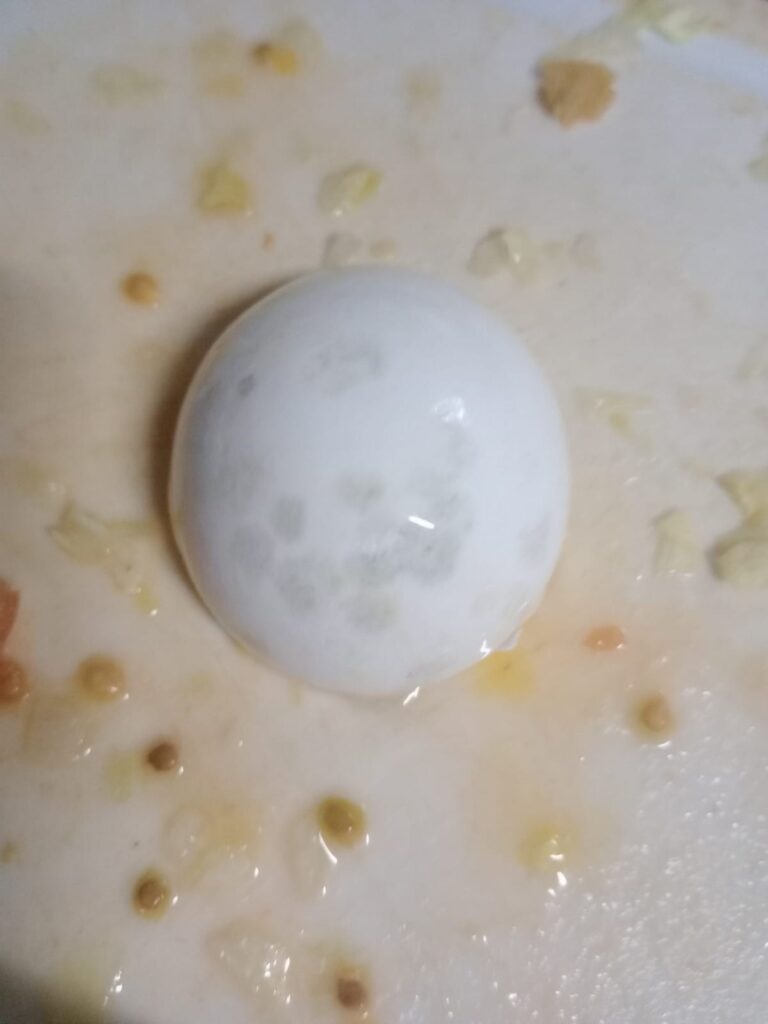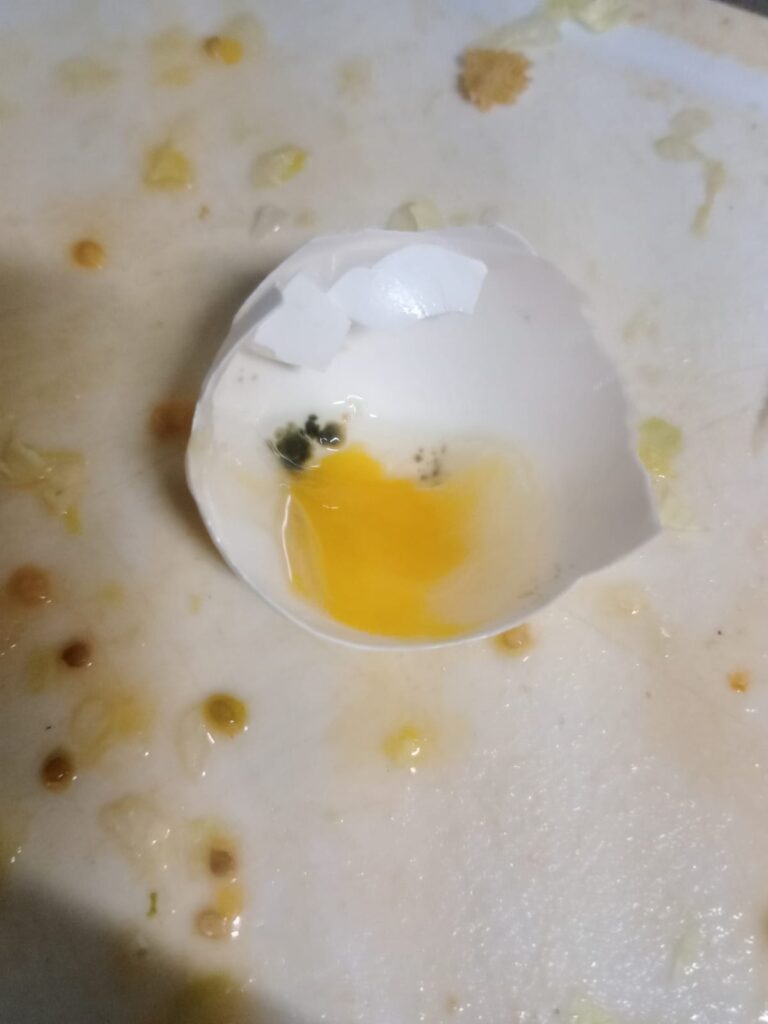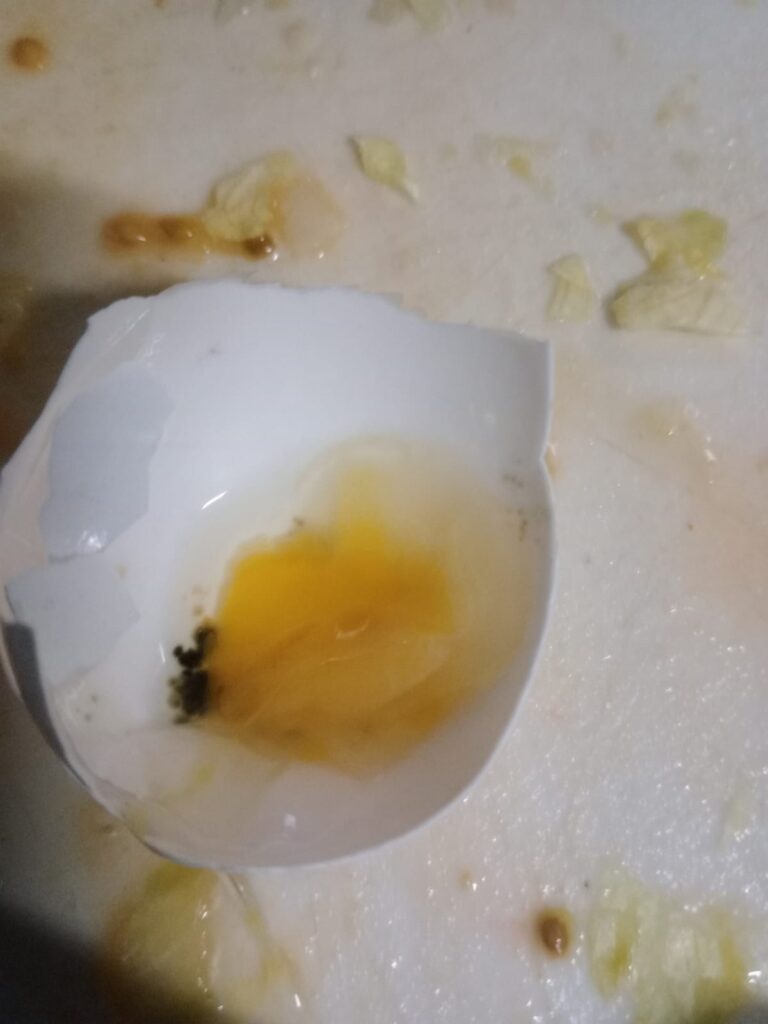
Black Mold in Eggs: How to Spot It & Stay Safe
Your simple guide to finding, avoiding, and understanding egg mold.
Some of the cheap eggs coming into the Bahamas from the Dominican Republic are developing black mold on the shell — and worse, that mold can sneak inside. Even when eggs are refrigerated properly, tiny cracks or shell pores let mold spores in. Once inside, the fungus grows through the egg white (and sometimes toward the yolk), making the whole thing unsafe to eat.
Take a good look before you buy or crack an egg. Here’s what to watch for:
Dark Specks on the Shell
Close-up of black mold spots on egg shell
Tiny black pepper-like dots or fuzzy patches mean mold is already colonizing the surface.
Mold Inside the Shell
Egg shell split open showing black mold inside
If you spot dark or slimy areas on the egg white or yolk right after cracking, that fungus has invaded the interior.
Discolored Underside
Underside of eggshell with grey-green mold colonies
Even if the top looks clean, flip the shell over mold can hide underneath.
Off Odor
A musty or sour smell as soon as you crack the egg is a red flag, even if you don’t see visible mold.
Toxin Production:
Many black molds (especially Aspergillus niger) produce mycotoxins that cooking won’t fully destroy. These can irritate your gut, damage kidneys over time, or even raise cancer risk.
Allergic & Respiratory Reactions:
People with asthma or mold allergies can get coughing, wheezing, or worse if they handle or ingest contaminated eggs.
Risk for Vulnerable Groups:
Young children have developing immune systems.
Pregnant women need extra food safety.
Older adults may have weaker resistance.
Anyone with chronic illness or on immune-suppressing medication should be especially careful.
Before You Buy
Inspect each egg under good light.
Reject any carton with dampness, dirt, or visible spots.
Gently shake: you shouldn’t hear any sloshing.
At Home
Keep eggs at or below 40 °F (4 °C), ideally in the fridge door or main shelf.
Use eggs within 3–5 weeks of the pack date.
Discard any egg that looks, smells, or feels off.
Wash hands and surfaces after handling bad eggs.
Clean Up
Mold spores can spread easily.
Wipe the fridge shelf and carton holder with a mild bleach solution or vinegar.
Black-spored mold on eggs is more than a gross surprise it carries toxins and health risks. A quick shell check, smart storage, and tossing any suspicious eggs will keep your meals safe and tasty. When in doubt: toss it out. Stay alert, and happy cooking!
—Michael, Lol242.com



